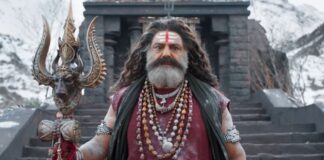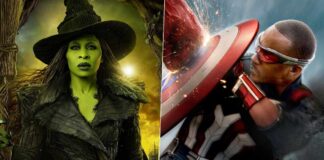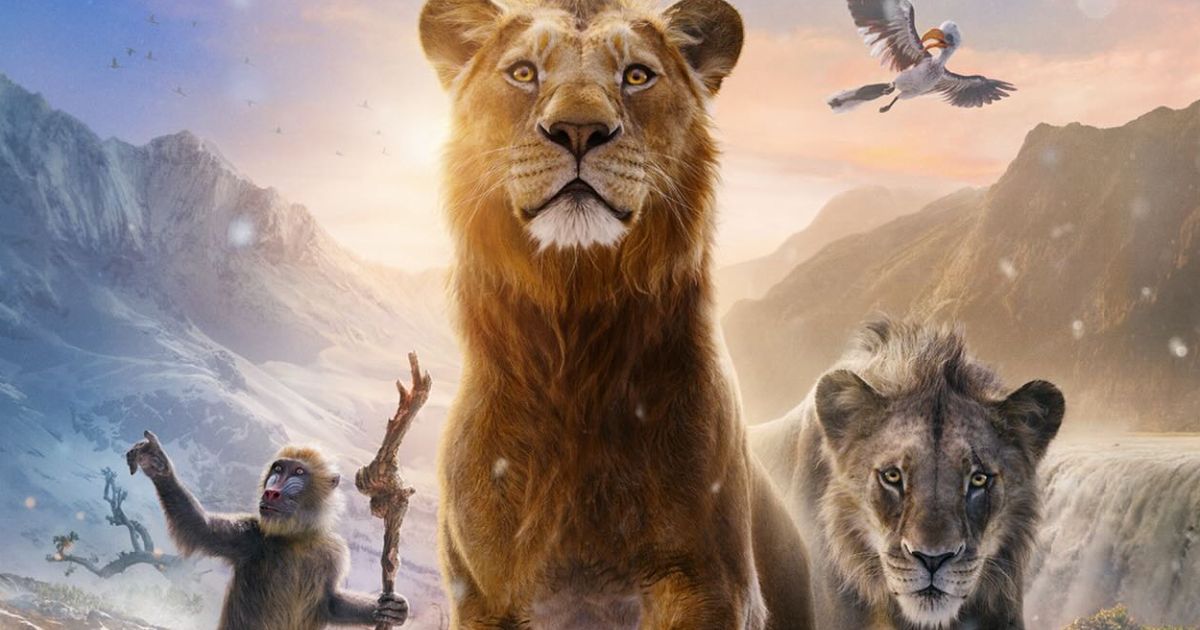
Disney’s The Lion King wasn’t always the roaring success we remember. In fact, it was almost called King of the Jungle, per sources. The catch? Lions don’t live in the jungle. Once the creators realized this, the iconic title was changed, setting the stage for what’d become one of Disney’s most beloved animated classics.
Almost 25 years ago, The Lion King introduced us to the circle of life, hakuna matata, and the savanna’s most intense sibling rivalry. As Disney prepared for the live-action remake, it was the perfect time to look back on the original’s legacy and uncover its most surprising secrets.
Back in production, The Lion King was overshadowed by Pocahontas. Many top animators jumped to work on Pocahontas, expecting it to be the bigger hit. But The Lion King flipped the script. It climbed to become 1994’s second highest-grossing film in the U.S., right behind Forrest Gump, and cemented itself as a Disney classic.
Trending
Behind the Scenes Secrets and Lasting Impact of The Lion King
Some quirky facts made the movie unforgettable. Pumbaa was Disney’s first character to fart on screen, adding a cheeky humor layer. And although the film featured ferocious lions, not a single real lion roar was used. Instead, Frank Welker created unique roars for each lion, matching their personalities.
Voice casting had its twists too. Sean Connery was originally offered Mufasa’s voice, but James Earl Jones eventually delivered the commanding presence that defined the character. Jones’s return to Disney reunited him with Madge Sinclair, who voiced Sarabi, after they worked together in Coming to America.
A song called “To Be King” was scrapped because Jones couldn’t sing it, proving even legends have limits. Meanwhile, “Can You Feel the Love Tonight” was almost a comedic duet for Timon and Pumbaa before Elton John and Tim Rice steered it toward a romantic ballad.
The role of Zazu nearly went to Patrick Stewart or members of Monty Python before Rowan Atkinson’s Mr. Bean fame clinched the part.
The villain Scar wasn’t originally related to Mufasa. Adding the family tie gave the story more emotional weight but left the brothers looking nothing alike. Scar’s infamous “Be Prepared” scene took inspiration from chilling images of Adolf Hitler’s Nazi rallies, lending a dark tone to the character’s power grab.
Jeremy Irons performed almost all of Scar’s voice work, but when his voice strained during “Be Prepared,” Jim Cummings stepped in, impersonating Irons to finish the track.
Early scripts had wild ideas: Scar leading baboons against the lions and adult Nala being banished for refusing Scar’s advances. These plot points were softened for family audiences, making the story more suitable for kids.
The wildebeest stampede was a pioneering animation feat. Five animators spent two years combining 3D technology with traditional animation to bring the chaotic herd to life realistically.
The Lion King faced controversy over similarities to the Japanese anime Kimba the White Lion. Disney denied any direct connection, but director Roger Allers’s past work in Tokyo added fuel to the rumors.
Despite doubts and competition, the film won the Golden Globe for Best Motion Picture – Musical or Comedy, only the second animated feature to do so after Beauty and the Beast.
Advertisement
For more such stories, check out Hollywood News
Must Read: Mel Gibson’s Journey Of Glories & Gags: How He Went From Oscar Gold To Razzie Roast & Back Again!
Follow Us: Facebook | Instagram | Twitter | YouTube | Google News



 Follow Us
Follow Us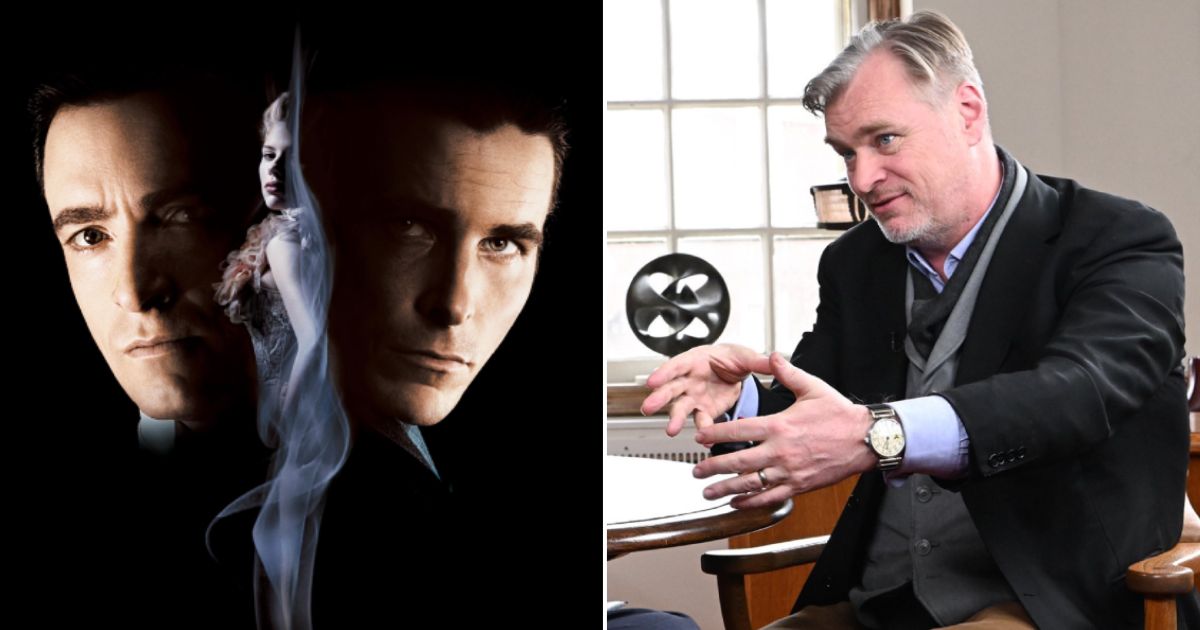
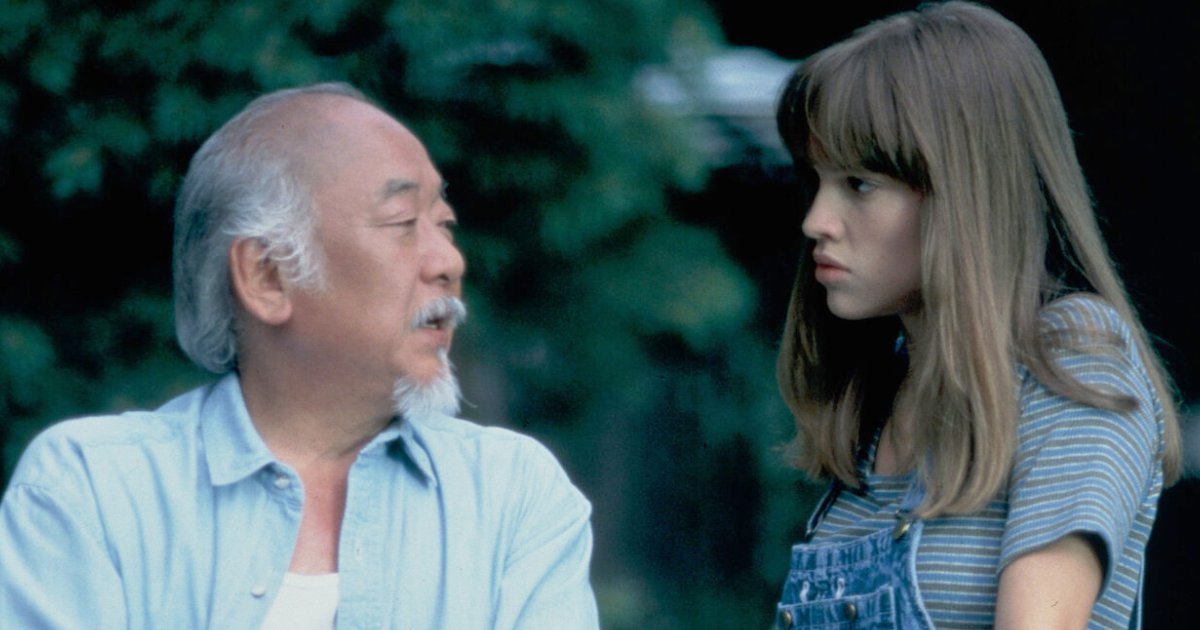
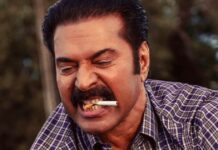




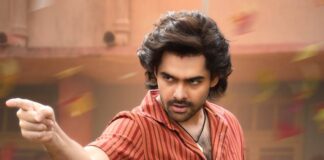
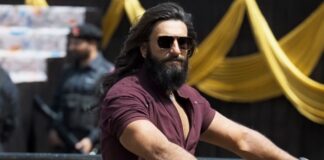
![Dhurandhar Box Office Day 1 Advance Booking: Ranveer Singh Needs 2 Crore More To Hit 1st Pre-Opening Record Despite 186% Jump [3 Days To Go] Dhurandhar Box Office Day 1 Advance Booking: Ranveer Singh Needs 2 Crore More To Hit 1st Pre-Opening Record](https://www.koimoi.com/wp-content/new-galleries/2025/12/dhurandhar-box-office-01-324x160.jpg)

